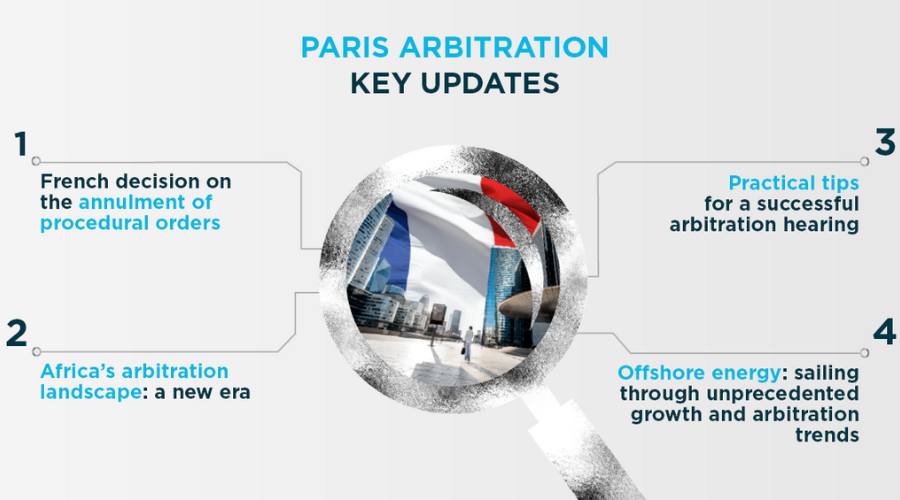Our Jonathan Tattersall and Chanaka Kumarasinghe will be attending the SIAC Tokyo Conference 2024 on 3 July 2024. One of the topics which will be discussed during the seminar is Emergency Arbitrations, a corner stone of the SIAC Rules since its introduction into Asia in 2010. The Emergency Arbitrator procedure is considered and factored into any arbitration strategy when urgent interim relief is required. As part of this, what is also considered is whether an applicant should instead approach a local court for interim relief. There is no one answer to this. The choice will depend on the nature of interim relief sought and the jurisdiction in which any court injunction or Emergency Arbitrator's order might be enforced. One general concern of the Emergency Arbitrator procedure is the time it takes to secure the order (as compared to a court injunction). On 22 August 2023, SIAC released the Draft 7th Edition of the SIAC Rules for public consultation, which goes someway to tighten up timing issues generally.
Changes to the Emergency Arbitrator Procedure under the Draft 7th Edition of the SIAC Rules
Under the current SIAC Rules, a party can seek emergency interim relief by applying to the SIAC Registrar for the appointment of an Emergency Arbitrator (Application). This can be concurrently filed with or after the filing of a Notice of Arbitration (NOA), at any time prior to constitution of the Tribunal [1]. The draft SIAC Rules (Draft Rules), now contemplates allowing an Application to be made prior to filing of the NOA [2]. This presents a significant change, where the commencement of an arbitration is no longer a prerequisite for seeking interim relief via an Emergency Arbitrator.
However, practically, this requirement is not completely dispensed with: The NOA still needs to be filed within 5 days from the date of the Registrar's receipt of the Application [3]. Failure to do so would render the Application being considered as withdrawn on a without prejudice basis, unless the Registrar extends the time for filing the same [4].
Furthermore, the scope of information required in the Application has been expanded by the Draft Rules to include, inter alia, the following:
- In respect of the relief sought, existing SIAC Rules simply require details of the (a) nature of relief sought and (b) reasons for entitlement to such relief [5]. The Draft Rules now require "a description of the circumstances giving rise to the Application and of the underlying dispute referred or to be referred to arbitration" and "statement of the emergency interim or conservatory relief sought and the reasons why such relief is required on an emergency basis and cannot await the constitution of the Tribunal" [6].
- Additional details to be furnished including the arbitration agreement, description of contract or relevant underlying document in connection to the dispute, applicable rules of law, seat and language of the arbitration [7].
- Third-party funding relationship and identity and contact details of the third-party funder must also be disclosed [8].
Given that the Draft Rules envisage Applications being made before a NOA is filed, the requirement of these aforementioned additional details in an Application serves to bring key information, usually provided in a NOA, to the SIAC's attention at the earliest opportunity. On one view, this is a pragmatic attempt to ensure that the SIAC can efficiently and holistically consider, in a single document, all the relevant details and specific reasons for the urgency of the relief sought which warrants the appointment of an Emergency Arbitrator prior to the Tribunal being constituted.
Regardless, the proposed amendments underscore the importance for prospective applicants to be diligent in preparing their NOA in a timely manner to avoid inadvertent withdrawals of any Applications. Not only does this safeguard against procedural missteps, but also facilitates a smoother and more efficient emergency arbitration process.
Additionally, the Draft Rules propose reductions to existing timelines in the process, which significantly expedites the process and shorten the time taken for an applicant to obtain interim relief. The emphasis on efficiency and expediency is clear:
- The President of the SIAC has precisely 24 hours from the later of the date of receipt by the Registrar of the Application and the date of receipt of payment of the filing fee to appoint an emergency arbitrator [9].
- Any challenge to the appointment of an Emergency Arbitrator must also be filed within 24 hours, instead of 2 days, from date of receipt of notice of the appointment, or when specified circumstances giving rise to a challenge are known or should have reasonably been known (a more accessible regime as compared to the current one, where such circumstances are limited to those actually disclosed by a prospective emergency arbitrator) [10].
- An emergency arbitrator only has 24 hours, instead of 2 days, to establish a schedule for consideration of the application [11].
- Importantly, the deadline for issuance of an interim order or award has been reduced from 14 days to 10 days from date of appointment of emergency arbitrator, unless extended by the Registrar [12].
A further proposed change to the current SIAC Rules attempts to mitigate the risk of the other party refusing to participate in emergency proceedings, by expressly allowing the emergency arbitrator to conduct the proceedings in the party's absence [13]. The Draft Rules also no longer states that the Emergency Arbitrator's schedule must provide a reasonable opportunity for the parties to be heard [14]. Nonetheless, there is little doubt that the provision is still subject to a reasonable opportunity afforded to each party to be heard, which remains a key difference from local court processes.
Overall, the revised Emergency Arbitrator procedure in the Draft Rules strikes a good balance of maintaining safeguards against frivolous Applications, whilst allowing parties to have immediate access to seeking interim relief and starting the process without delay. These various changes to improve expediency and cost-effectiveness are certainly encouraging signs of the SIAC's concerted effort to continue providing parties with a viable alternative mechanism to seek interim relief, especially where assets are at high risk of dissipation and confidentiality is key.







